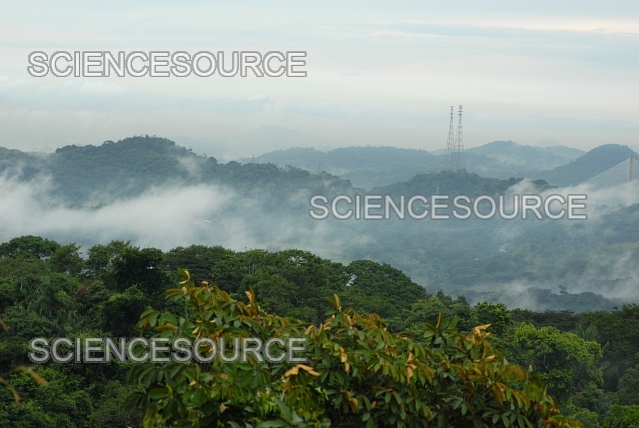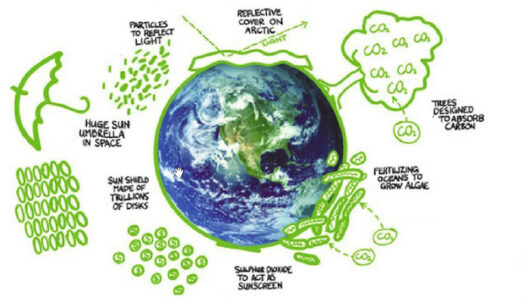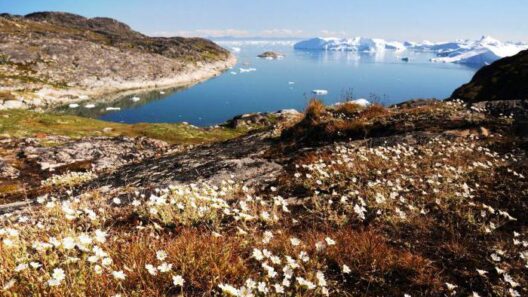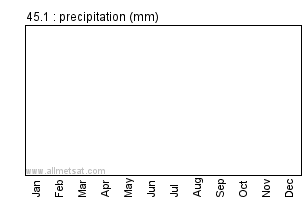The climate of Panama is characterized by its tropical rainforest environment, which is primarily influenced by its geographical location and topographical variation. Nestled between two oceans, the Pacific and the Atlantic, Panama experiences a strikingly diverse and rich climate that captivates both scientists and ecologists. This pristine environment plays an integral role in the global climate system and acts as a crucial habitat for countless species.
Panama’s climate can be divided into two main seasons: the wet and the dry. The wet season typically lasts from May to December, while the dry season spans from January to April. Each season has its own unique characteristics that influence both flora and fauna, as well as the human activity taking place in the region. During the wet season, precipitation can exceed 3000 millimeters in some areas, fostering biodiversity but also creating challenges related to infrastructure and agriculture.
The country’s tropical rainforest is predominantly found in the central and western regions, where conditions are optimal for the growth of diverse vegetation. This area epitomizes the essence of what a rainforest is defined by; towering trees, lianas, ferns, and an intricate underbrush all coalesce to create an ecosystem that is teeming with life. Such rainforests are crucial for carbon sequestration, thereby helping to mitigate the effects of climate change globally.
Despite its small geographical size, Panama is home to a wealth of biodiversity. The rich vegetation not only harbors unique plant species but also provides shelter for an array of animal species, ranging from the exuberant scarlet macaw to the elusive jaguar. Many of these organisms are endemic, meaning they are found nowhere else in the world, making Panama a critical area for conservation efforts. The interdependence between species and their environment highlights the intricate relationships that exist within these tropical ecosystems.
The coastal breezes that characterize Panama are influenced by the surrounding bodies of water. The Pacific Ocean and Caribbean Sea exert significant thermal influence, balancing temperature and contributing to local weather patterns. Coastal breezes tend to moderate the intense heat prevalent in urban areas, offering relief and enticing both locals and tourists to frequent coastal regions. These breezes play a crucial role in maintaining the comfortable climate, especially during warmer months.
In addition to these breezes, the presence of mountain ranges in Panama also affects the climate dramatically. The presence of the continental divide means that the weather can vary significantly within short distances. For instance, areas on the Caribbean slope tend to receive more rainfall compared to the Pacific side, leading to stark differences in the types of ecosystems found throughout the country. Observers often marvel at how quickly one can transition from lush rainforest to drier scrubland merely by traversing through a small geographic area.
Another intriguing aspect of the Panamanian climate is the phenomenon known as ‘El Niño.’ This climate pattern can result in significant fluctuations in weather conditions, drastically affecting precipitation rates and sea temperatures. El Niño events often lead to drought conditions in some regions, while simultaneously causing flooding in others. This duality offers an insightful glimpse into the unpredictable nature of climate dynamics and raises questions about the resilience of both natural ecosystems and human structures in adapting to such changes.
Moreover, there is a cultural dimension to Panama’s climate that deserves recognition. The country’s indigenous communities, particularly those that inhabit the rainforest, have developed a profound understanding of their environment. Their traditional knowledge regarding the use of local plants and animals for medicine, food, and shelter is invaluable, emphasizing the need for sustainable practice in the face of climate change. As global attention shifts toward conservation efforts, these native practices provide crucial insights for biodiversity preservation and ecosystem management.
As climate change continues to reshape global weather patterns, Panama stands at a critical junction. The consequences of rising temperatures and shifting precipitation patterns threaten not only the intricate ecosystems but also the livelihoods of the people who depend on them. Addressing these challenges requires urgent international cooperation and a commitment to sound policies focused on sustainable development and conservation.
A pressing observation within this conversation is the phenomenon of land-use change resulting from urbanization and agricultural expansion. The encroachment into rainforest areas has significant implications for biodiversity, carbon storage, and the overall health of the climate. The confluence of economic development and environmental stewardship necessitates a delicate balance, and the trajectory of Panama’s climate future depends on how effectively these competing interests are managed.
In summary, the climate of Panama encapsulates a rich tapestry woven together by its tropical rainforests, coastal breezes, and unique geographical features. It serves as a reminder of our planet’s intricate systems and the nuances that govern them. The fascination with Panama’s climate is not merely about its beauty but also about its critical role in the global climate mechanism and the lessons it imparts for sustainability. Understanding and addressing climate-related challenges in Panama could very well contribute to broader solutions that resonate worldwide. Embracing this knowledge is not only vital for preservation efforts but also essential in combating climate change in an increasingly challenging world.








